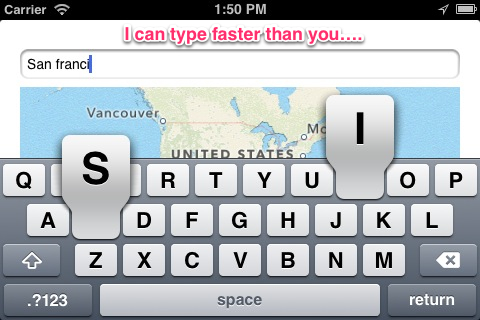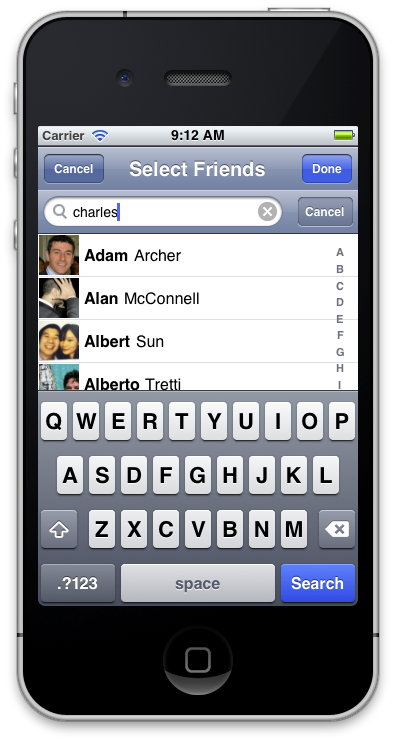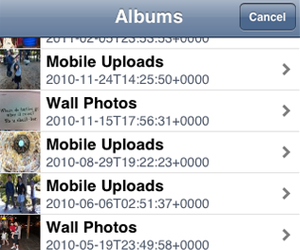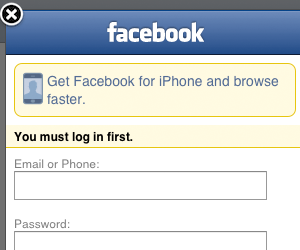Testing UI in iOS….and some Gotchas

Most times in your application a solid unit test trumps testing your UI. But that’s no reason to neglect your UI from having to endure the same rigorous testing you give your models. “But I don’t have time to sit around and tap every part of my application.”, you say. Enter Automation…







